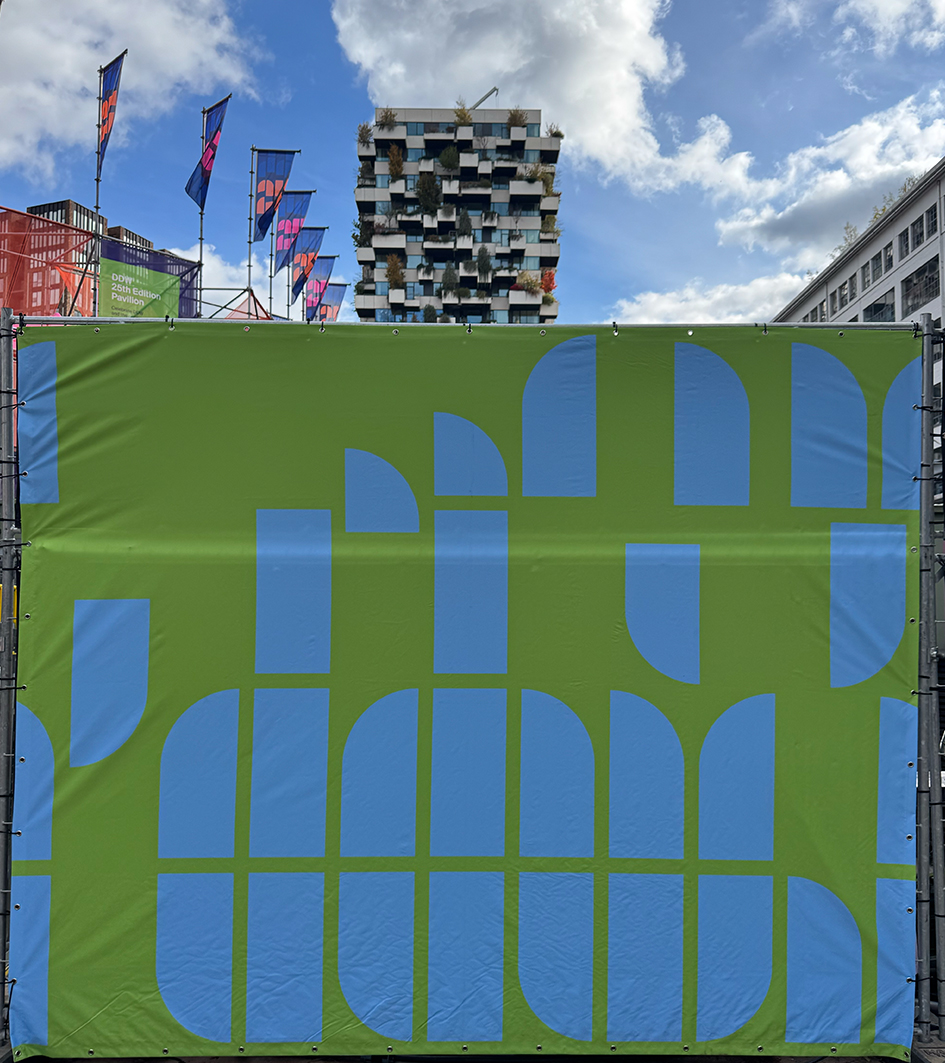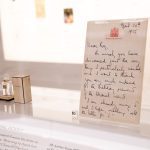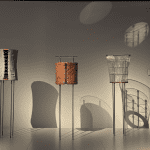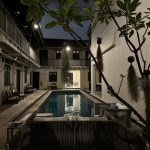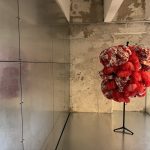Every October, Eindhoven transforms into a playground of design ideas for industry, home and humanity. For nearly two weeks, the city of light hums with designers, students and curious visitors. It becomes a meeting place of possibilities, from workshops to seminars and installations. This year’s 25th edition, themed Past, Present, Possible, felt especially open, a mirror of where design stands and where it dares to go.
At Klokgebouw, Class of 25 remains one of my favourite stops. This exhibition brings together design academies from across Europe and beyond, where you can sense the energy of a generation that designs with purpose. I just love functional product design that is problem-solving, and yet still able to raise questions. In other words, design that works and wonders. Amidst the mix, two presentations stood out: Berlin and Taiwan.
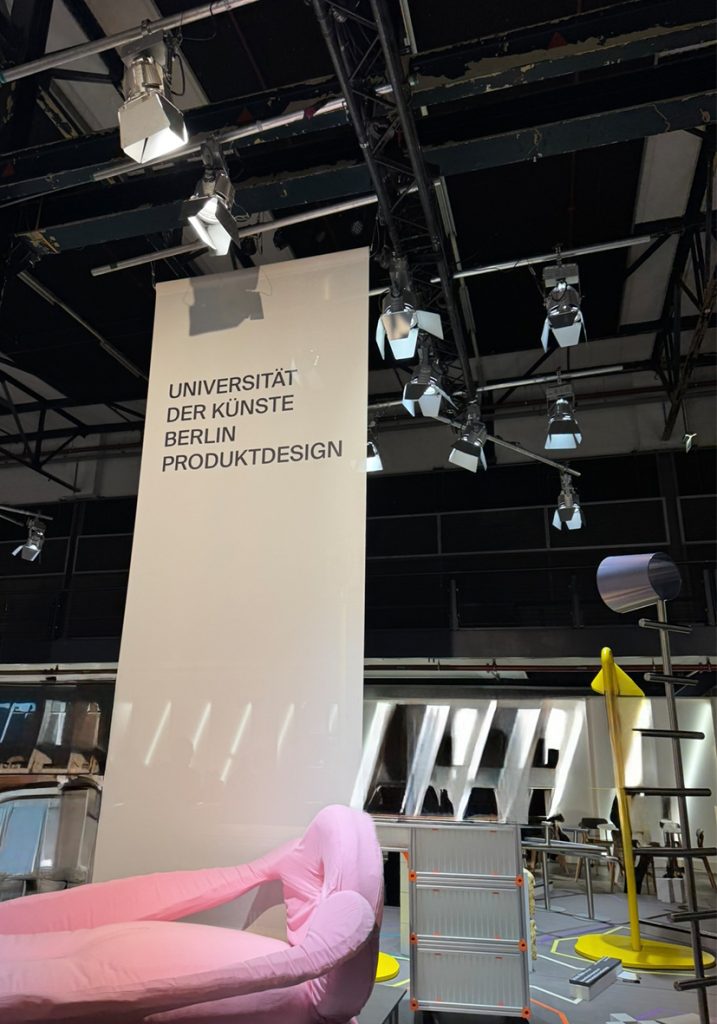
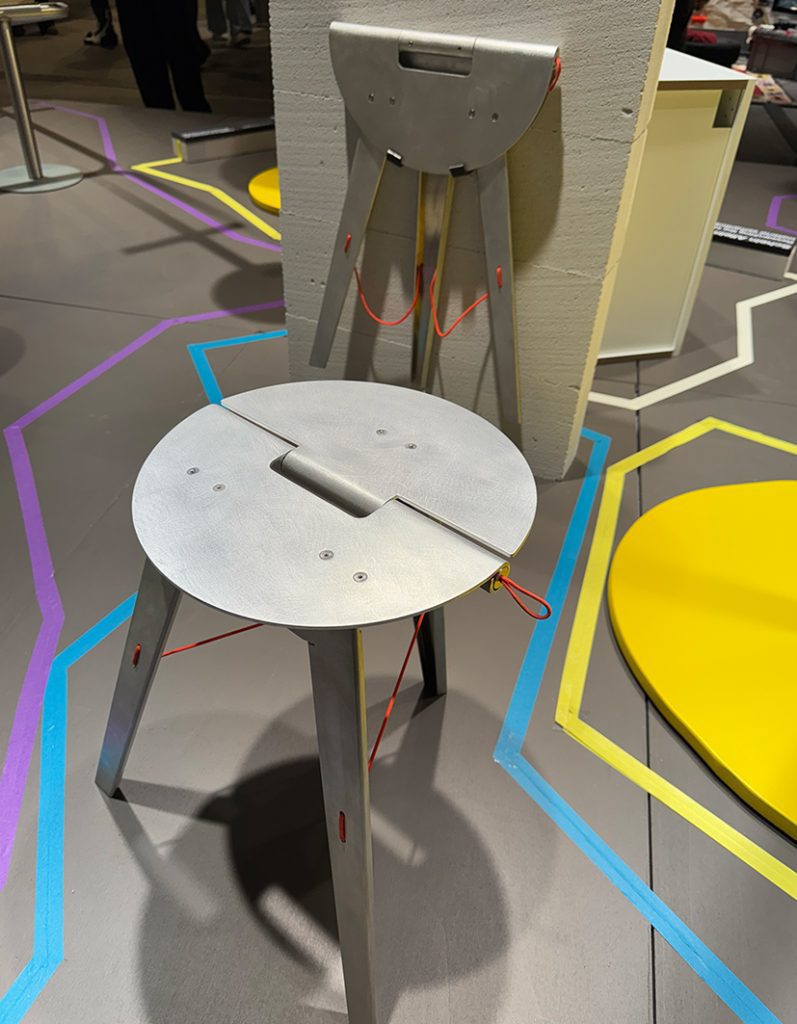
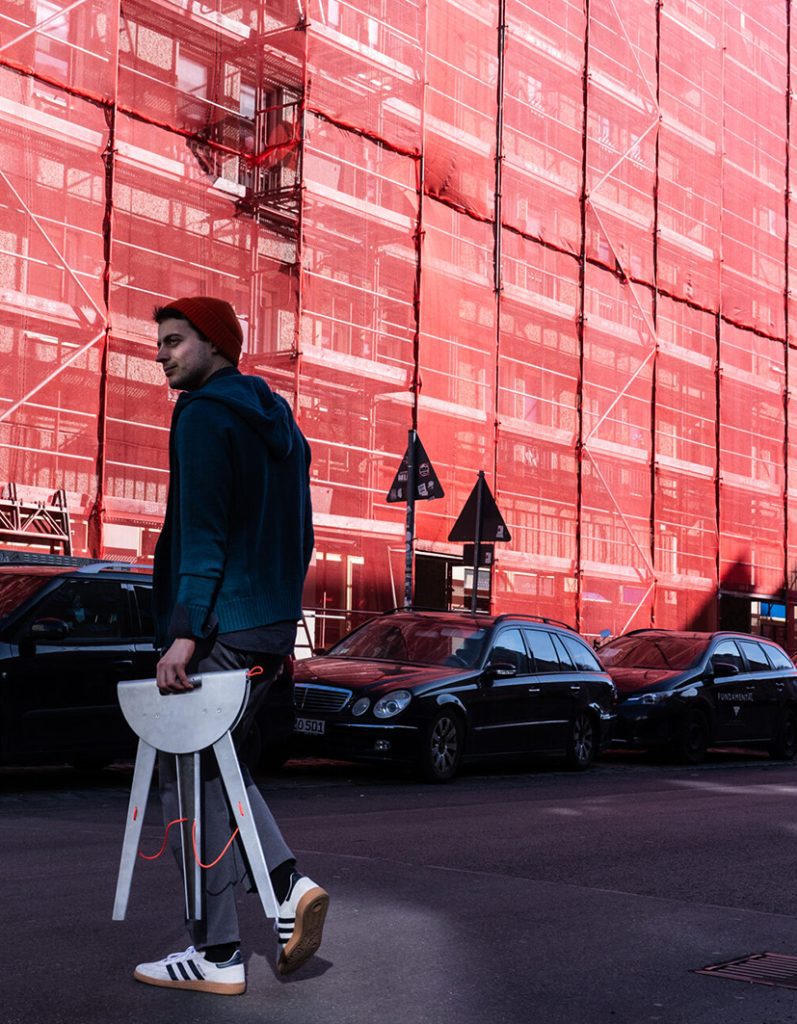
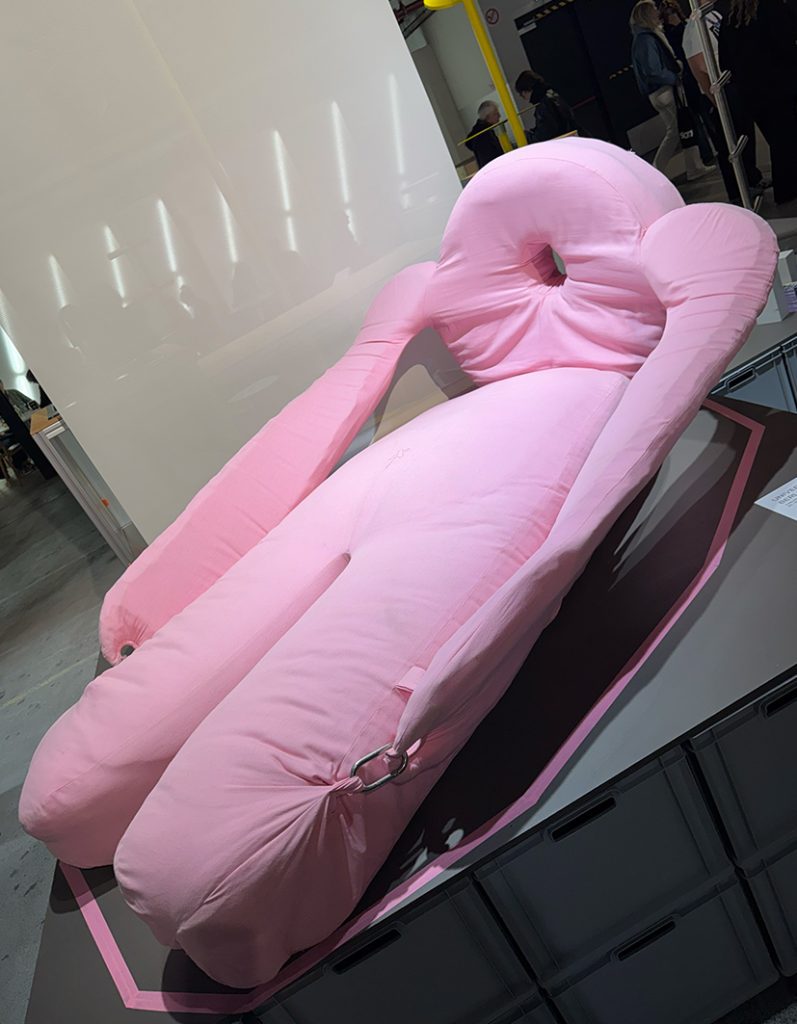
Smal by Anton Oberländer and Sumo by designer Emma Mende, Universität der Künste Berlin
At Klokgebouw, Class of 25 remains one of my favourite stops. This exhibition brings together design academies from across Europe and beyond, where you can sense the energy of a generation that designs with purpose. I just love functional product design that is problem-solving, and yet still able to raise questions. In other words, design that works and wonders. Amidst the mix, two presentations stood out: Berlin and Taiwan.
In the large industrial-style building, every design academy has its own space. One of the highlights is the Universität der Künste Berlin. Six graduates show their projects under the title Tools for Tomorrow, each asking how design can contribute positively to the environments we inhabit.
Designer Friedrich Kreppel approaches that question with MO:CO Kitchen, a modular, adaptable kitchen system built for real life, not showroom life. The modules stack, shift, and expand as needs change, offering different heights for accessibility and shared use. There’s something radical about furniture that grows with you instead of fading over time.
Emma Mende’s SUMO moves at an entirely different rhythm: a 2.80-metre-tall pink creature that celebrates idleness. It lies there in the exhibition, unapologetic, inviting you to lean, lie down, or do absolutely nothing. “Chilling is not a luxury – it’s a necessity,” her statement reads. In a world obsessed with efficiency, Mende’s soft sculpture feels like an act of resistance. It makes resting visible, oversized, even monumental, a gentle and necessary form of self-care.
Anton Oberländer explores connection on a smaller scale. His foldable stool Smal invites neighbours to pause and talk in shared spaces, a poetic gesture that turns everyday thresholds into meeting points. During the pandemic, many rediscovered their doorsteps; Oberländer turns that fleeting sense of community into design logic.
This Berlin group of graduates also created a beautifully designed printed folder, a thoughtful collective gesture that makes it easier for visitors to remember each designer’s name and project. It’s such a considerate touch.
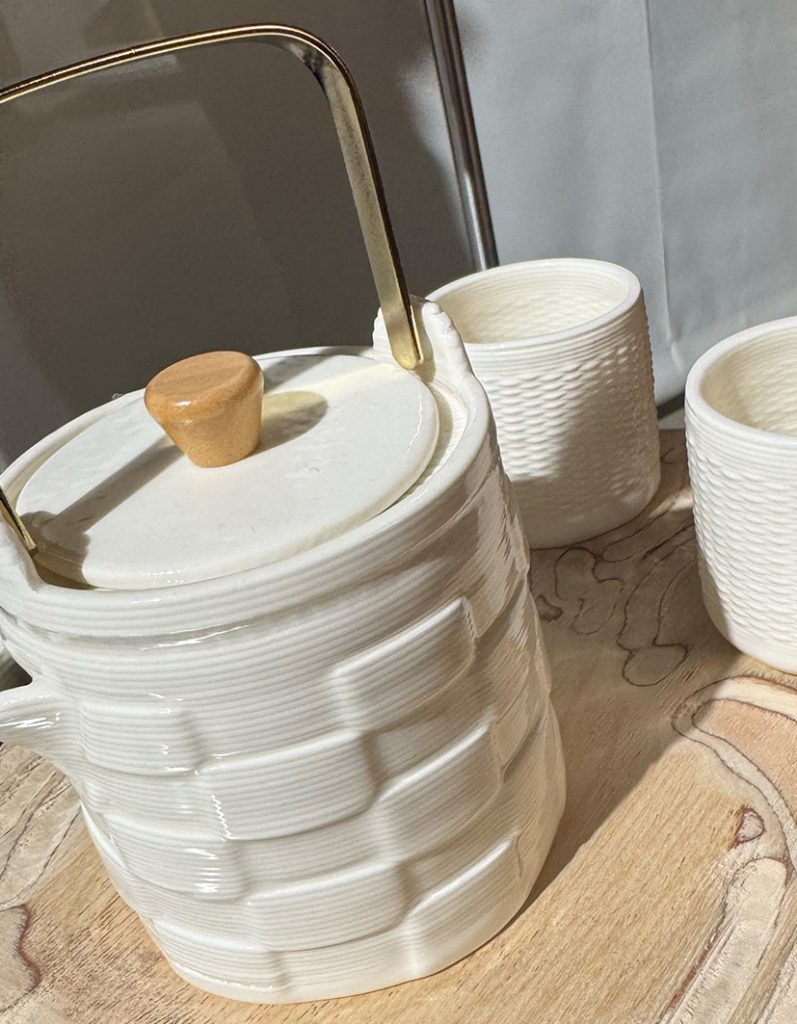
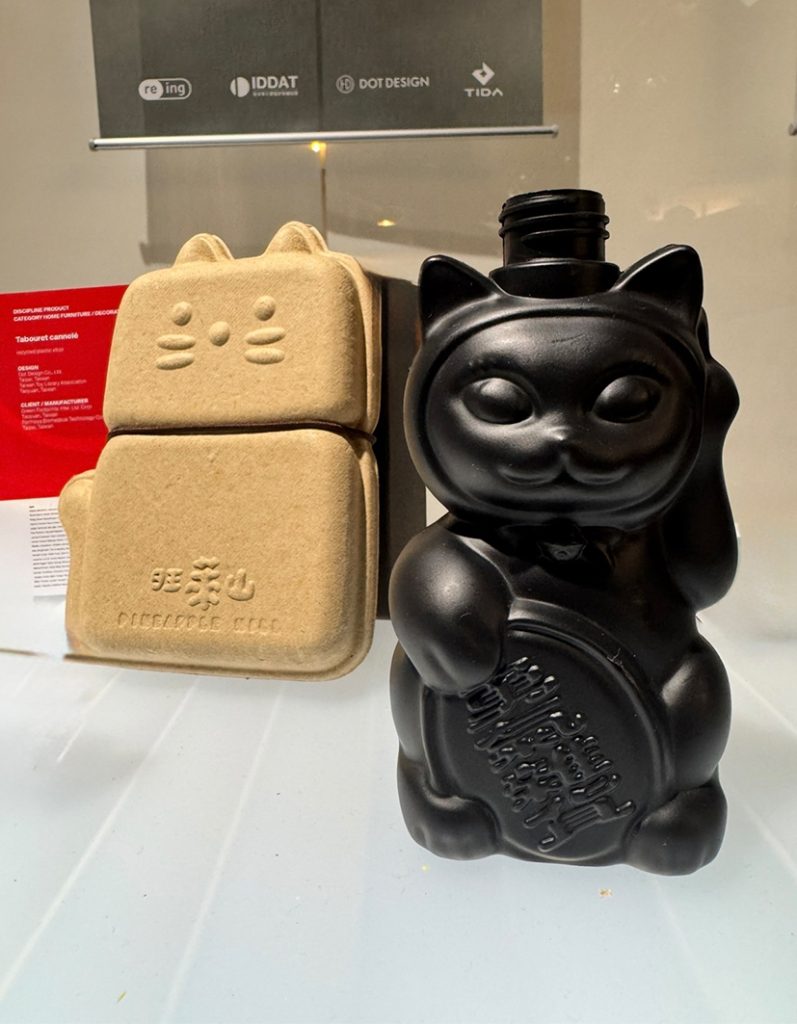
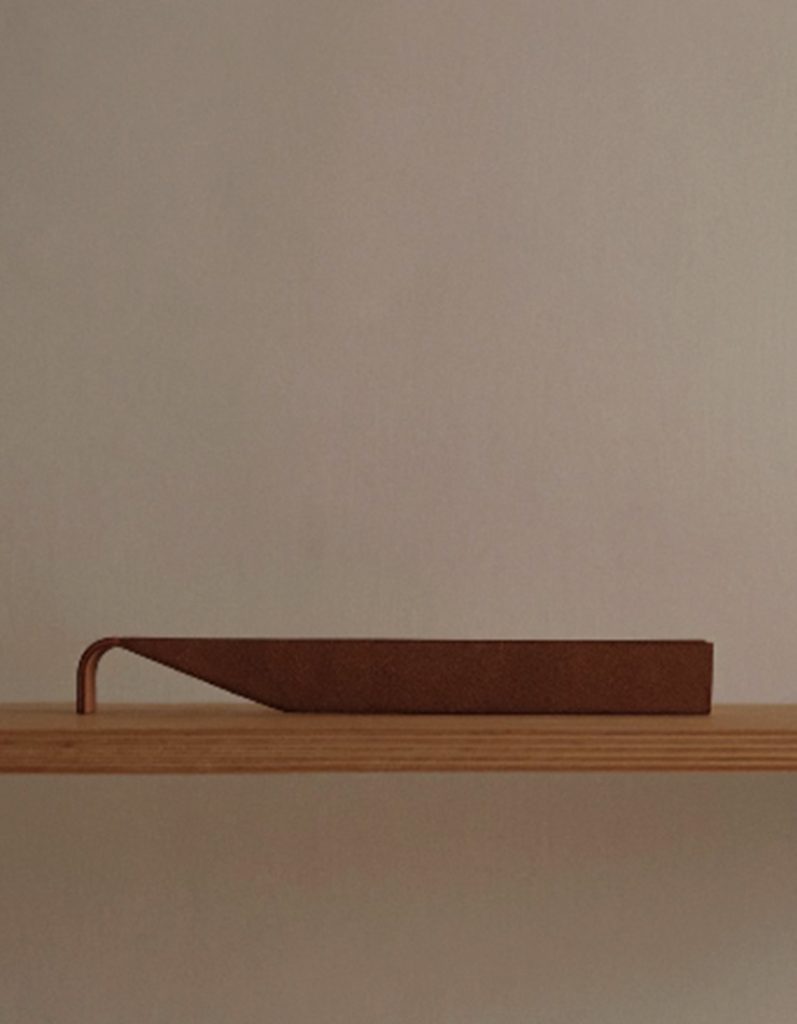
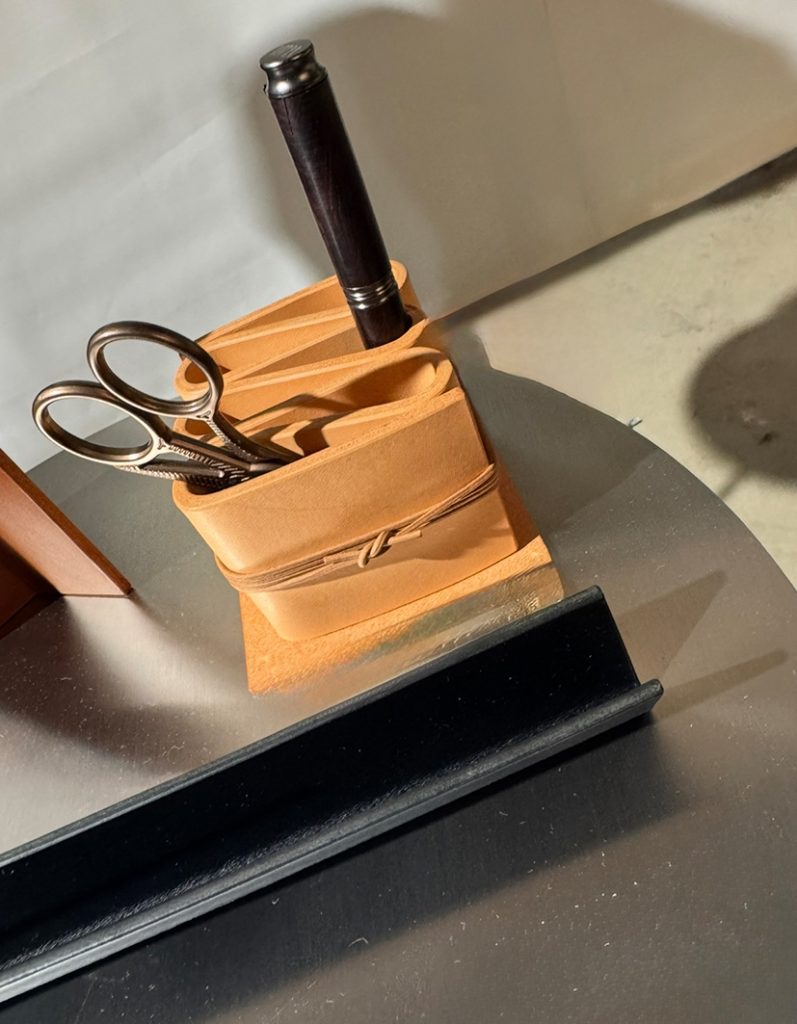
3D ceramics by Imakerhfu Taipei, recycled Pineapple Box and Maneki-neko by Dot Design Taipei, incense holder and folded stationary holder by Wèi Craft
Also in Klokgebouw, designers from Taiwan introduce RE:TWIST – Recycled Material and Design, radiating a different kind of energy: vibrant, tactile, sensory. Shown as a collective, they represent a mix of established studios and independent designers brought together by IDDAT, the Industrial Design Development Association of Taipei. The organisation connects Taiwanese design with international platforms, building bridges through sustainable innovation and cultural exchange.
Among the many objects on display, a modern take on the classic Lucky Cat, or Maneki-neko, caught my attention. The figurine, made from recycled materials such as marine plastic and pineapple peel, carries its own optimism — a wink to sustainability with a cultural pulse. Created by DOT Design, the playful box containing three pineapple cakes can later become a small vessel or even a piggy bank. I love objects that outlive their first function, thoughtful design that extends its purpose, invites you to keep it and reuse it.
Their Future rPET Bag, made entirely from a single recycled material, folds like paper and feels light as air, design that literally unpacks the idea of circularity. Another work worth mentioning is Imakerhfu, a Taipei group of designers who use 3D printing to create ceramic pieces. Their approach allows classically trained makers to explore modern techniques, while contemporary designers learn from traditional craftsmanship and habits. A dialogue between old and new, material and method, that feels very much in tune with the spirit of this year’s theme. It made me think back to Berlin’s thoughtful printed folder, a small yet meaningful gesture that helps visitors remember the stories behind each project.
One of my favourite discoveries was Wèi Craft. This contemporary design atelier from Taiwan works with moulded leather to create incense holders, candle stands, and pen trays, all in one form. The pieces fold and curve like origami, sensual to the touch yet deeply functional. I love this minimalism with emotion. For a home who love to hold, charming and sincere.
There’s something beautifully balanced about seeing Berlin and Taiwan side by side. Berlin proposes systems, adaptable, rational, and long-lasting. Taiwan shows a softer language of design, tactile and intuitive, emotionally refined with a sense of material intuition and Asian aesthetics.
As I left the Klokgebouw, I thought about the theme again: Past, Present, Possible. Design no longer sits neatly in one of those categories; it moves freely between them, alive and evolving. Maybe that’s what makes this week so inspiring. It reminds us that good design doesn’t stop at answers. It continues in the questions we take home.
Images courtesy of all designers at Dutch Design Week; other images taken by author.
Discover www.ddw.nl and www.2025.bodw.com.
